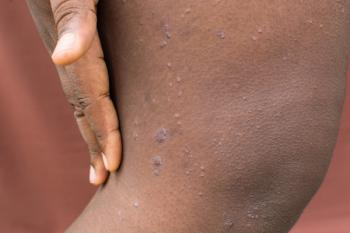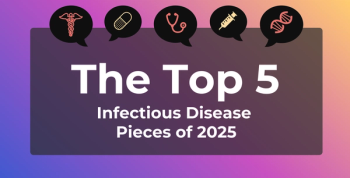
Overview of Rett Syndrome
David Lieberman, MD, PhD, describes Rett syndrome, including the various stages, incidence, and potential causes of this disease.
Episodes in this series

David Lieberman, MD, PhD: Rett syndrome is a neurodevelopmental disorder that is the result of a genetic mutation, predominantly [in the] MECP2 gene, which is a gene regulator of transcription that both activates and represses gene downstream. The typical girl or boy with Rett syndrome is developmentally normal for the first 6 to 18 months of life. In the current case of the girls, that’s when their symptoms start to appear. First, there’s some developmental stagnation where things plateau for a period of time. Following that, there’s actual developmental regression, where the girl could lose hand function, or she could lose communication. She might develop hand stereotypies, which are stereotyped hand movements, where there might be some hand wringing, hand tapping, or hand clasping that interferes with hand function. There can be either an absence of gait or a gait pattern that’s coordinated [with] some balance problems. That regression period can happen in a few days, over weeks or months, or even over the years. Typically, it’s over weeks to months. Then as the girl develops, [she] moves into the next [Rett] stage, which is the pseudo stationary stage, where [she maintains] the functions [she has] and starts to improve in some functions with the help of physical therapy, occupational therapy, and speech therapy. The girls and women spend most of their life in this pseudo stationary stage. The late stage of motor deterioration is stage 4, where the girls and now women show deterioration in their gait because of more Parkinsonian features of rigidity, some shuffling gait, some tremor, [but] girls and women [can] live into their 60s or 70s. There’s a risk of cardiac arrhythmia that we think may be contributing to death, although we’re not entirely sure. I’m sure there are some aspiration events that that also might contribute. The girls can live long lives, but they still need to be supported with their activities of daily living for most of their life.
[The incidence of Rett syndrome is] 1 in 10,000 live female births, maybe up to 1 in 15,000 live female births kind of worldwide. There’s not a geographic prevalence in one area versus another. I don’t know the number of patients with Rett syndrome in the US because I always have a hard time finding that number somewhere.
Transcript edited for clarity.
Newsletter
Stay ahead of policy, cost, and value—subscribe to AJMC for expert insights at the intersection of clinical care and health economics.









































